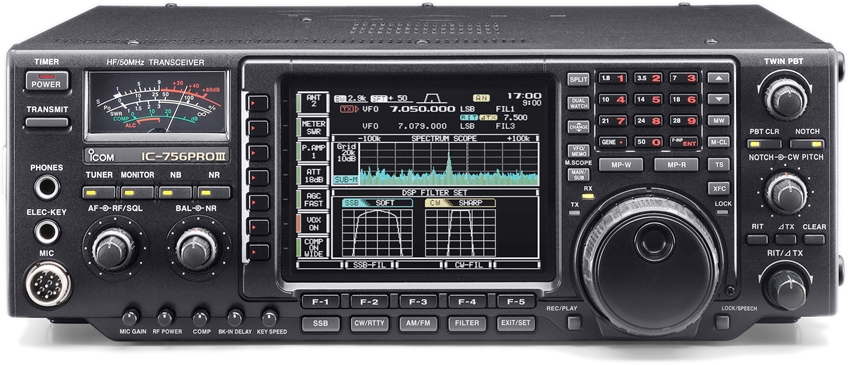
Each year, the Dragon Amateur Radio Club takes part in Lighthouses and Lightships on the Air. Our chosen location is usually close to Trwyn Du Lighthouse at Penmon, Anglesey. This year we set up on the Friday, ready to begin operating early on Saturday morning. The main station ran on a simple doublet antenna with an Icom Pro3 transceiver and computer. A second station was established with an Elecraft K3 paired with a SOTA Beams wire antenna and computer, dedicated to CW operation. For the first time, we also explored digital modes, adding a new dimension to our activities.
GB2TD went on the air at 0001 on Saturday, with the SSB station joining in from around 0400. Operations continued throughout the day and well into the night, before resuming again on Sunday morning alongside the CW and digital station.

The event was brought to a close at 1300 on Sunday due to other commitments and a shortage of operators and visitors. By around an hour later the station had been dismantled and the site cleared.
The club Chairman Danny Shurmer (GW7BZR) said that we are grateful to the 16 or so people who came along and supported us, helping to make the weekend just as much a social gathering as an operating event. Once all the logs were processed, we counted over 600 contacts made – all of which have now been uploaded to Logbook of the World.
SSB, or Single Sideband amateur radio, is a voice communication mode used to transmit audio over radio waves efficiently by removing the carrier signal and one of the two “sidebands” generated during amplitude modulation (AM). This technique reduces the transmitted bandwidth and concentrates the power, allowing for longer-distance communication, more simultaneous conversations within a given radio band, and better performance under weak signal conditions.
CW stands for Continuous Wave, which is a method of transmitting Morse Code using a radio signal. It’s a mode where a carrier wave is switched on and off to represent the dots and dashes of Morse code. CW is still popular among amateur radio enthusiasts due to its narrow bandwidth and ability to be heard in noisy conditions.
FT8 is a popular digital mode in amateur (ham) radio used for long-distance, weak-signal communication, especially in low-noise environments and during poor band conditions and involves a highly automated, pre-defined exchange of essential information like call signs and signal reports, rather than free-form conversation. WSJY-X software manages FT8 transmissions, allowing users to make contacts even when signals are significantly below the noise floor.
Club member Stewart Rolfe (GW0ETF) dispels the myth that FT8 is somehow magical!
It is Commonly stated that “FT8 advanced software is used to decode signals far below the normal noise floor” and this leads to claims that FT8 is somehow ‘magical’.
Noise floor is 0dB and FT8 signal reports are reported relative to this, and many have figures such as -15dB which suggests the signal is buried way down in the noise.But noise figures are by convention related to a SSB bandwidth of 2500Hz. The bandwidth of a single FT8 tone is 6.25Hz (therefore 8 tones = 50Hz = bandwidth of each FT8 signal) and there is 2500/6.25 = 400 times less noise in a 6.25 bandwidth compared to SSB. 400 less in dB is -26dB. So a true sig report for FT8 should (in theory!) be increased by 26dB. Nothing magical about it….;-))
W.L.O.T.A. (World Lighthouse On The Air) is an international challenge that consists, globally to establish radio links, with and from the lighthouses in Sea, Rocks and Islands. On the weekend of 15th to the 17th August 2025 the Dragon Amateur Radio club again took part in this event from the Trwyn Du Lighthouse on Penmon Point Anglesey.

The Trwyn Du lighthouse is situated on a low-lying rock surrounded by shingle beaches about half a mile south of Puffin Island. The circular stone tower is distinguished by three black bands. It was built in 1838, stands 22m heigh with the light 19m above mean high tide water. The lighthouse was originally manned by two keepers but became fully automated in 1922. It has a 1st Order catadioptric fixed optic producing a light intensity of 3,088 candela. Trwyn Du Lighthouse was converted to solar power in 1996, work to modernise the station included the development of a unique operating mechanism to work the 178kg fog bell. The lighthouse is now monitored and controlled from Trinity House’s Planning Centre in Harwich, Essex.





 Views Today : 1
Views Today : 1 Who's Online : 2
Who's Online : 2